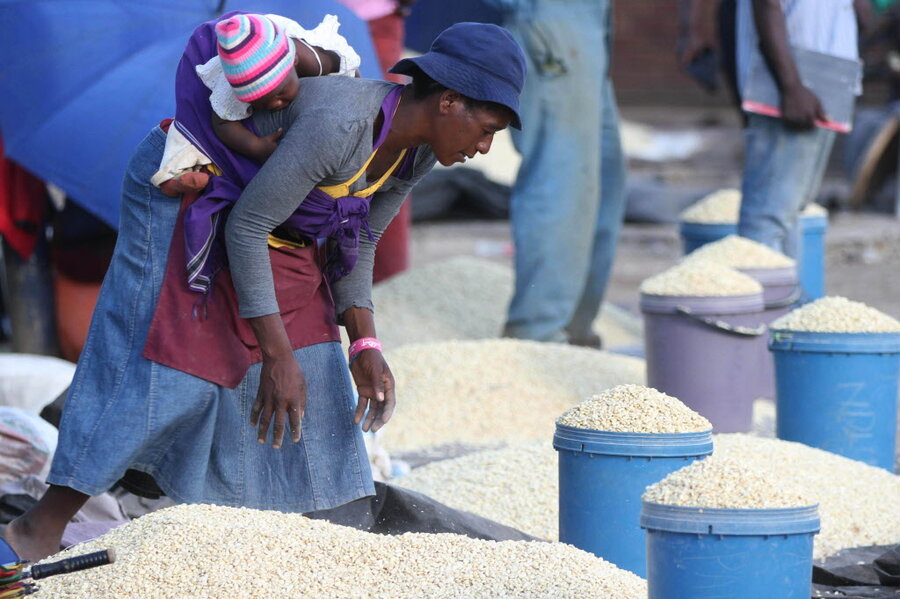Getting seedy: local markets provide a boon for small farmers
Small, family farmers in Africa purchase the majority of their seeds every year through local markets and other informal sources—neglected outlets that present a major opportunity for improving access to better crop varieties crucial to dealing with climate, nutrition, and other production challenges in a region where food security remains a major concern. "Funding Seed for Development," a recently released video, communicates this message and draws attention to the need to support multiple seed channels to meet the needs of smallholder farmers.
The video, based on evidence collected through Seed System Security Assessments (SSSAs), showed that farmers access over 90 percent of their seed from informal systems, with over 50 percent deriving from local markets. The seed-specific dataset of almost 10,000 observations is among the largest in the world and was brought together by over 25 organizations, including the United Nations, national agricultural research systems, national universities, faith-based groups, farmers unions, farmers’ cooperatives, and non-governmental organizations. Some 40 crops sown by farmers in Malawi, Kenya, DR Congo, Haiti, South Sudan, and Zimbabwe were monitored through the SSSAs. Fairly conclusively, the data demonstrates the key role that local markets play in supplying farmers in many areas of the South with seeds for the crops they need.
Shawn McGuire of the University of East Anglia and Louise Sperling of Catholic Relief Services conducted the research that links to the video, “Funding Seed for Development.” Remarks Sperling, “Results highlight the dichotomy of where money is being put and where farmers get seeds.” While dominant donor investments are in the formal seed sector, including seed companies, smallholder farmers get only two percent of their seed from these commercial sources. Moving forward, there is a dual need: to make the formal channels much more oriented to smallholder farmers needs by increasing outlets and offering smaller pack sizes, and to build on the informal channels in explicit and practical ways—both to move new varieties more quickly and to improve the quality of seed.
This article first appeared at Food Tank.





